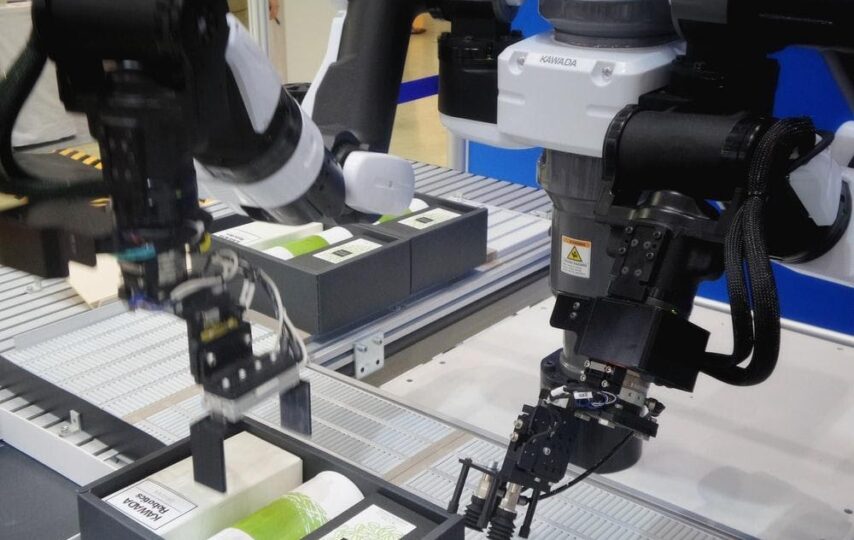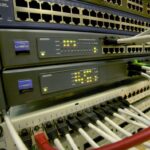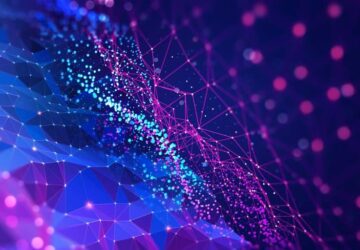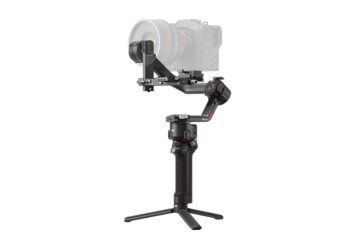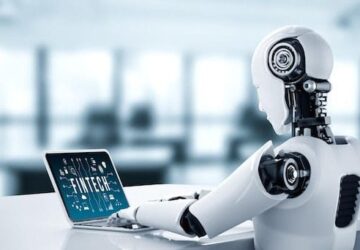The Internet of Things (IoT) is a fascinating concept that achieved mainstream application in only a short time. One component of IoT that plays a significant role in data collection is sensors. Sensors evolved so much to a point where most people no longer remember the early proponents of this technology.
The main role of modern-day sensors
The principle of using sensors is simple. Its primary function is to collect analog data. In turn, this analog data gets converted into digital information. From the earliest iterations using radar to modern-day sensors now enabled for embedded technology, much has changed indeed. Today, the process of converting analog data to digital data works as follows:
- Sensors measure physical parameters. The type of data collected will depend on the intended task. To interpret data, the system uses processors and chips like i.MX 8M Plus.
- These sensors are part of a gateway network that allows the system to relay information to the cloud.
- Data stored in the cloud may be transmitted to other devices such as computers and mobile phones.
- Data is essential in making decisions as well as analyzing trends. Moreover, information helps improve processes and provides insight into a specific use environment.
Sensors integrated with IoT gateways revolutionize data capture and analysis. The sheer amount of data gathered and stored in the cloud helps businesses and organizations make better decisions.
Why is cloud computing the latest revolution in data collection?
Gateways are becoming more powerful and technologically-advanced. Cloud API for these gateways plays an essential role in the process of collecting, interpreting, and processing data. Essentially, what it does is orchestrate and simplify the configuration of wired and wireless networks. Cloud API is also convenient because the software module is readily available. For OEM manufacturers and those interested in embedded computing, these modules help in application development. In other words, the cloud API simplifies the path that connects different types of sensor networks.
The future of data collection and analytics in IoT
The most recent innovation in IoT is edge computing. This enables data analysis at the source, instead of transmitting the information first to the cloud. One perfect example is self-driving cars. Edge computing is faster than having to rely on the cloud before making decisions. This concept may be used in various applications such as sophisticated machines and industrial systems.
IoT sensor industry challenges
One specific challenge faced by the industry is reliability and efficiency. Power may be supplied by a battery, from an outlet, or directly coming from the equipment. For now, wired or battery power may be the most practical option. But as the demand increases, so does the need for more efficient solutions. Indeed, wireless connectivity may be the only means necessary to address this concern. Network disruption could be another issue especially for systems that rely on a cellular connection. Connection disruption could be a big problem, especially in critical demand response requirements.
Nonetheless, developers and researchers are looking for ways to create solutions where sensors and cloud-based networks use minimal power. Also, batteries with increased capacity may be another way to resolving this challenge.

